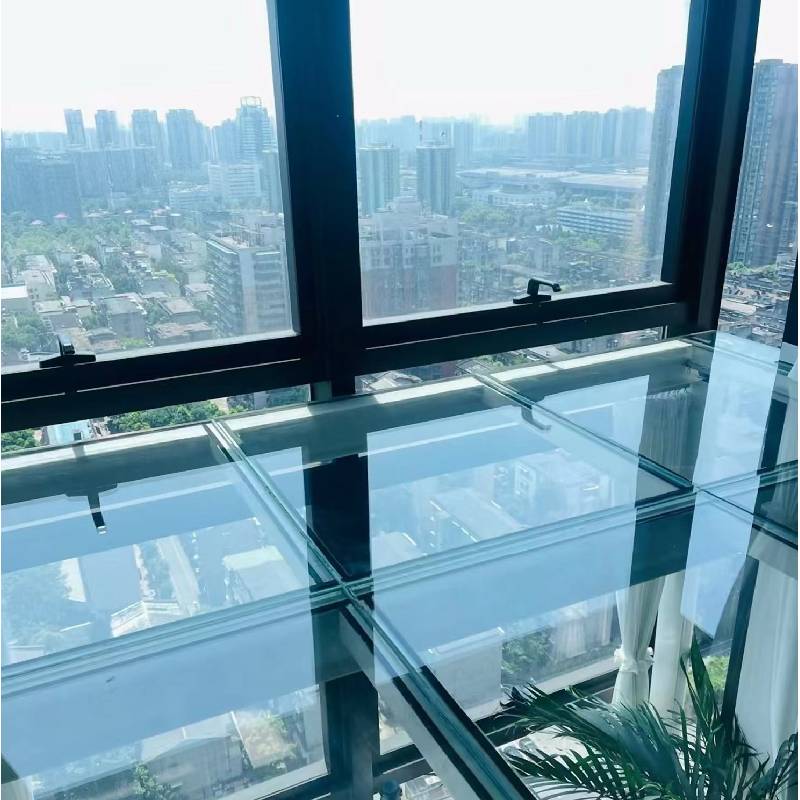

The Reflective Glass Factory A Glimpse into Innovation and Sustainability
In today's world, the demand for reflective glass is on the rise. It serves not only as a functional element in buildings but also as a vital component in energy-efficient design. The reflective glass factory plays a crucial role in this growing industry, blending technological innovation with sustainable practices to meet contemporary architectural needs.
Reflective glass is designed to reflect solar radiation while allowing natural light to permeate indoor spaces. This dual capability reduces glare, increases privacy, and enhances energy efficiency in buildings. As energy costs continue to escalate, the architectural community increasingly leans toward incorporating reflective glass into their designs as a means to promote sustainability.
The manufacturing process of reflective glass begins with the careful selection of raw materials. High-quality silica sand, soda ash, and limestone are the primary ingredients. These materials are melted together at extremely high temperatures, resulting in a molten glass that is then molded into sheets. The introduction of metals and other additives during this stage enables the desired reflective properties.
One of the advanced technological processes employed in reflective glass factories is vacuum deposition. This technique involves depositing a thin layer of metal onto the glass surface, creating a mirror-like effect that enhances reflectivity. This innovative process not only improves the aesthetic appeal of the glass but also significantly enhances its energy-efficient characteristics.

Quality control is paramount in the reflective glass manufacturing process. Strict standards are enforced at every stage to ensure that the final product is free from defects. Automated systems and advanced technology are integrated to inspect the glass for imperfections, such as bubbles, scratches, or irregular thickness. By utilizing these high-tech methods, reflective glass factories can guarantee high-quality products that meet industry standards and client expectations.
Sustainability is a core value within the reflective glass industry. Many factories are adopting eco-friendly practices, such as recycling waste materials from the production process. The glass itself can be fabricated from cullet, or recycled glass, which significantly reduces energy consumption and raw material usage. Additionally, many reflective glass products are designed to contribute to LEED certification, helping buildings achieve their green building goals.
The architectural applications of reflective glass are vast and varied. Commercial buildings benefit immensely from its use, as it enhances aesthetic appeal while minimizing energy costs. Skylines across major cities often glimmer with reflective facades, showcasing a harmonious blend of modern design and functionality. Residential buildings also embrace reflective glass, as it allows homeowners to enjoy natural light without sacrificing privacy or energy efficiency.
Looking ahead, the future of reflective glass seems bright. Ongoing research and development initiatives aim to improve the efficiency and versatility of glass products. Innovations such as smart glass, which can adapt its level of transparency based on external conditions, are poised to revolutionize the industry further. As the demand for sustainable architectural solutions continues to surge, reflective glass factories are strategically positioned to lead the way.
In conclusion, the reflective glass factory is a vital contributor to modern architecture and sustainable design. Through advanced manufacturing techniques, strict quality control, and a commitment to environmental responsibility, these factories provide a product that not only meets the aesthetic and functional demands of contemporary buildings but also aligns with the sustainable practices necessary for a greener future. The continued evolution of reflective glass technology will undoubtedly play a significant role in shaping the structures of tomorrow.